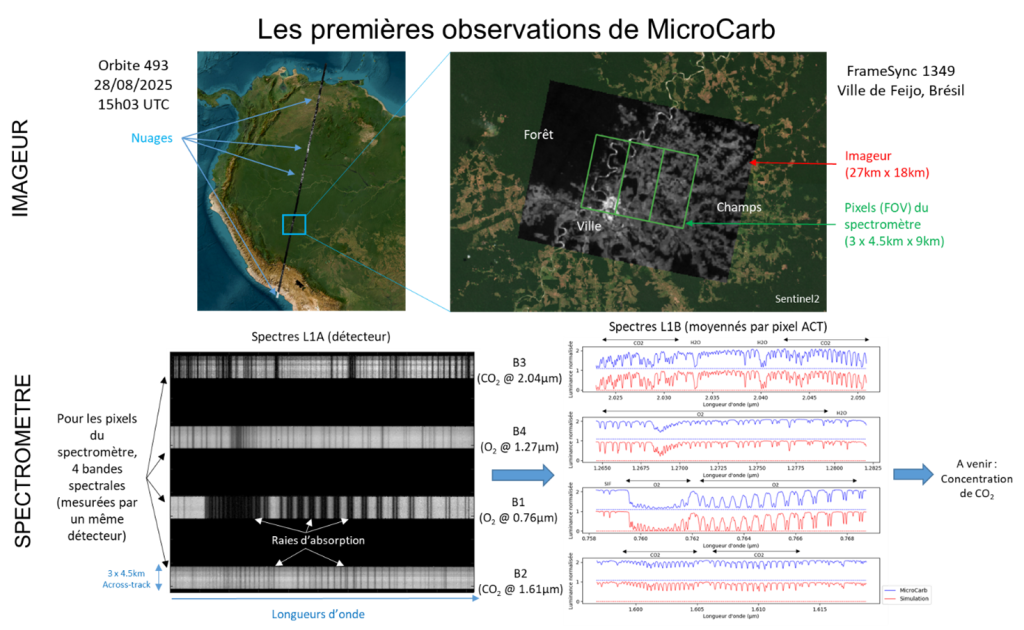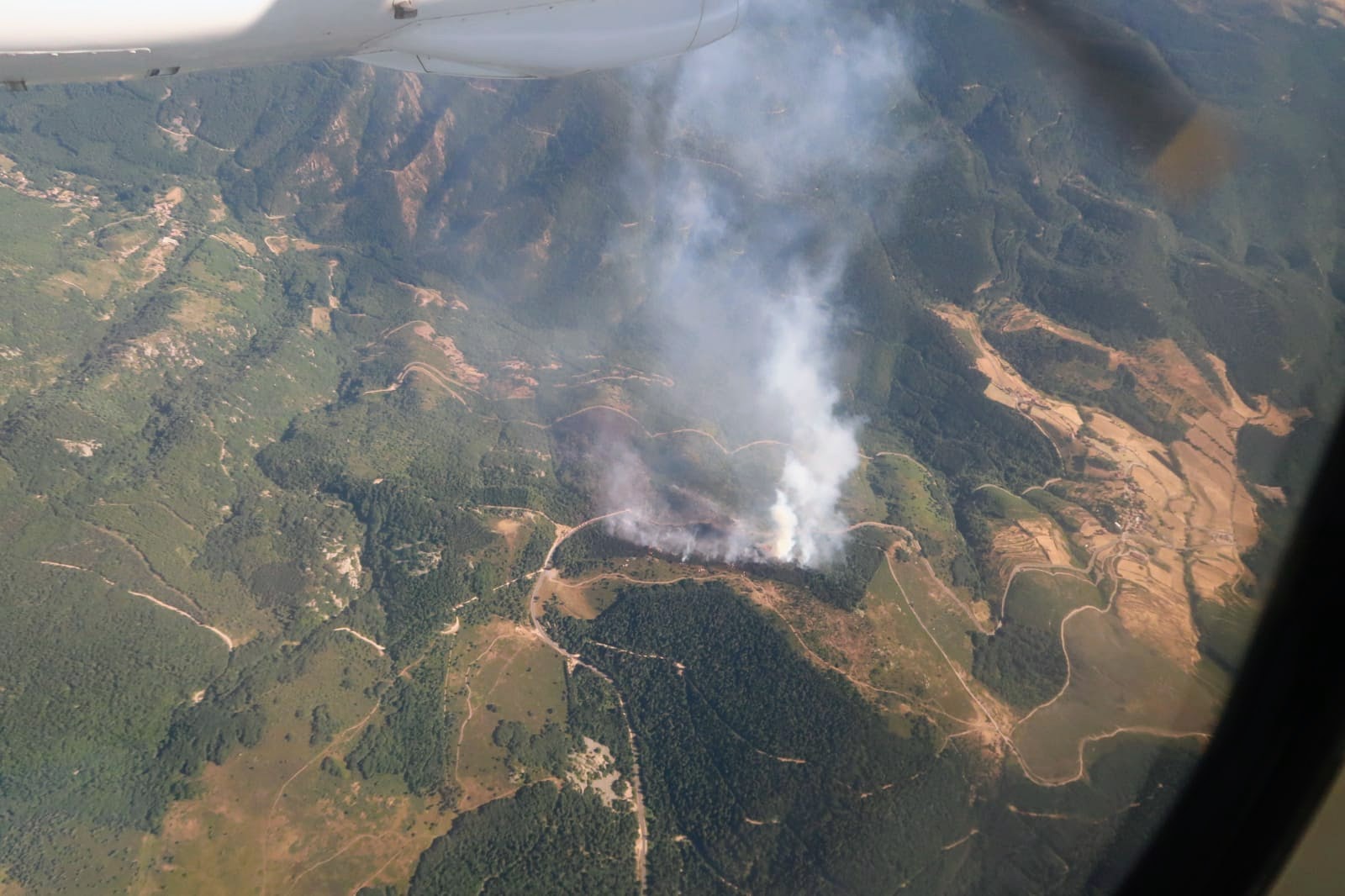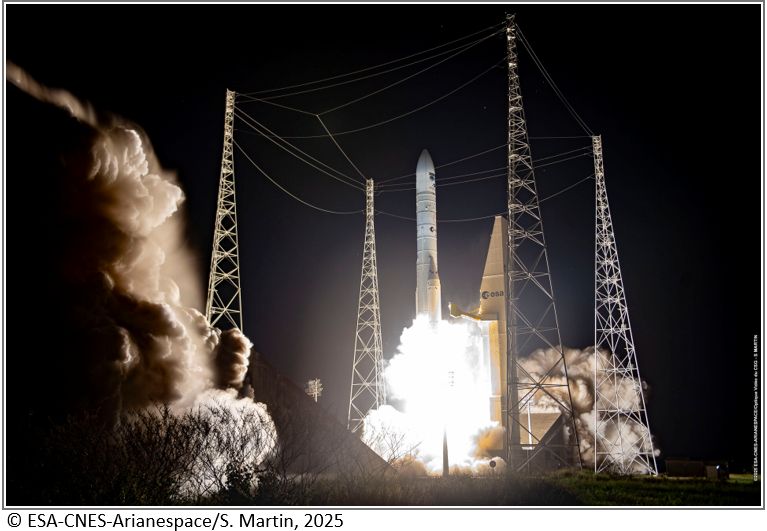MICROCARB reveals its first images!

Following the July 25th launch, MicroCarb observed the Earth for the first time on August 28th. We are very excited to present a first observation acquired over the Amazon. This region is of great interest for the mission due to its role in the carbon cycle and to the very low density of ground-based measurements. It is also a complex region to observe because of its dark landscapes, frequent cloud cover, and the South Atlantic Magnetic Anomaly (cosmic particle flux).
The imager made it possible to identify cloud-free areas in the equatorial forest. A city surrounded by forest and agricultural areas can be seen. The spectrometer disperses the reflected light in four spectral bands. Absorption lines due to carbon dioxide and oxygen can be distinguished, which will allow us to estimate the CO2 concentration.
These observations were obtained from raw measurements calibrated using the characterizations conducted during thermal vacuum testing of the instrument at the end of 2022, and with the first in-flight calibration measurements (dark, internal lamp, solar viewing). Compared with external sources (Sentinel-2 for the imager, simulations for the spectrometer), we can preliminarily confirm the proper functioning of both instruments. We can now begin the fine calibration of the instrument and the tuning of the processing algorithms, which will then allow the calculation of CO2 concentrations to begin.
Some key points to help understand the spectra measured by MicroCarb:
- The MicroCarb spectrometer observes sunlight reflected by Earth which, along its path through the atmosphere, is absorbed by gases at specific infrared wavelengths.
- To distinguish these absorption lines, a spectrometer is needed to disperse the light into its elemental wavelengths, similar to how water droplets disperse sunlight to form a rainbow.
- CO2 concentration is derived from the depth of the absorption lines in the characteristic CO2 bands. MicroCarb also measures O2 lines to determine the optical path and reduce measurement errors related to aerosol scattering.
- The instrument must be very precisely calibrated. The required accuracy is finer than the thickness of a line in the measured spectra, to ensure the validity of the CO2 concentration measurements. The Cal/Val objective is to obtain simulated spectra that perfectly overlap with the measured spectra, and a one-year period is planned to reach this goal.
- MicroCarb spectra can also provide other very valuable secondary measurements, for example on atmospheric humidity via H2O lines, on atmospheric pressure and aerosol content via O2 lines, and on the production of organic matter by plant photosynthesis thanks to a small signal emitted in solar lines (SIF indication on the B1 spectrum). Additionally, the B4 band is sensitive to airglow, related to photochemical processes in the upper atmosphere, and can therefore be used to derive ozone concentrations and temperature at those altitudes.
Contact:
- Denis Jouglet, mission performance manager : Denis.jouglet@cnes.fr
- Philippe Landiech, CNES project manager : philippe.landiech@cnes.fr
















